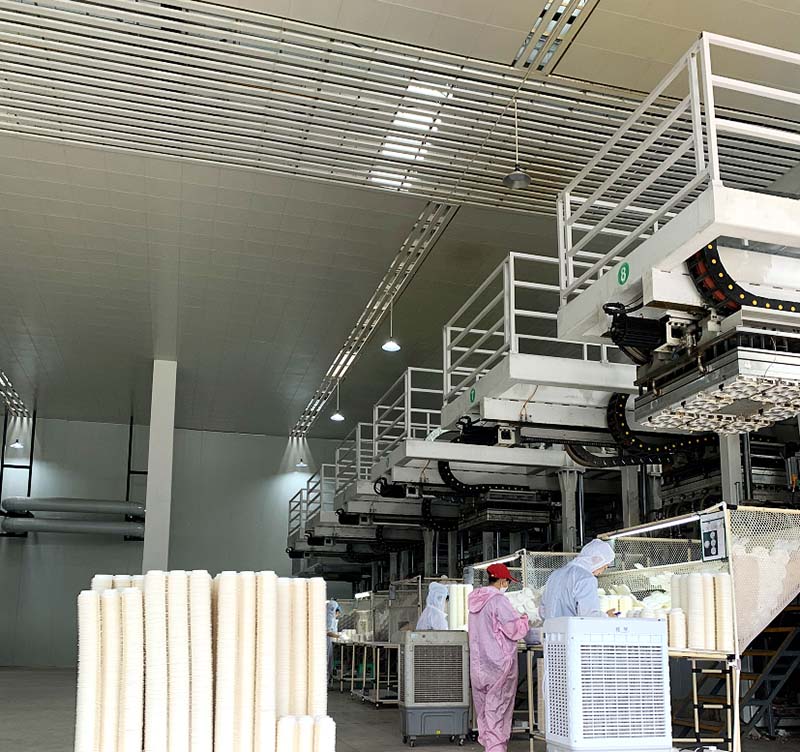Pulp Molding Process Tech Guideline
Fiber pulp molding processing tech related questions is asked frequently, here’s an overview of it, followed by explanations:1. Production of molded pulp products by vacuum suction molding method
The vacuum suction molding method is a way to popularize pulp molded products. According to its different structure, there are three methods: cylinder screen type, rotary type, reciprocating type lifting mechanism.
Cylindrical screen type: continuous rotation production, high production efficiency, high precision technical standards, long production and processing time, and large project investment. Because it is continuous production, it is suitable for a large number of shaped pulp moulded products, such as environmental protection cup lids, environmental protection trays, wine trays, and egg trays.
Rotary type: Rotary type production has lower productivity than cylindrical screen type. It is suitable for medium-level mass and non-standard production of rubber and plastic products. It takes a long time to process molds with a CNC machine tool management center.
Reciprocating lifting mechanism: The productivity is lower than that of the cylindrical screen type, and the distance from the reversing type is not too large. It is suitable for non-standard, large-volume, small-volume, and fast-cycle pulp molded products.
2. The grouting method of pulp moulded products
The grouting method is based on different pulp molded products, and calculates the required amount of slurry, quantitatively analyzes the introduction of the molding core, and absorbs the molding. This kind of molding method is not suitable for large changes. The standardized products with fixed shapes are commonly used in kitchenware shaped products. Because the shape measurement cannot be grasped, this molding method is not used in non-standard paper-plastic packaging.
After pulping and forming, the processing technology of pulp molded products generally contains high moisture and needs to go through a drying process. The actual effect of rapid drying.
These guidelines are intended to be a starting point. Protecting people, food and the planet with sustainable food packaging solutions is not a simple exercise. Even those making real strides in their sustainability journey need to learn from and work with one another. Together we can create a more circular future for us all.

Post time: Oct-27-2021
